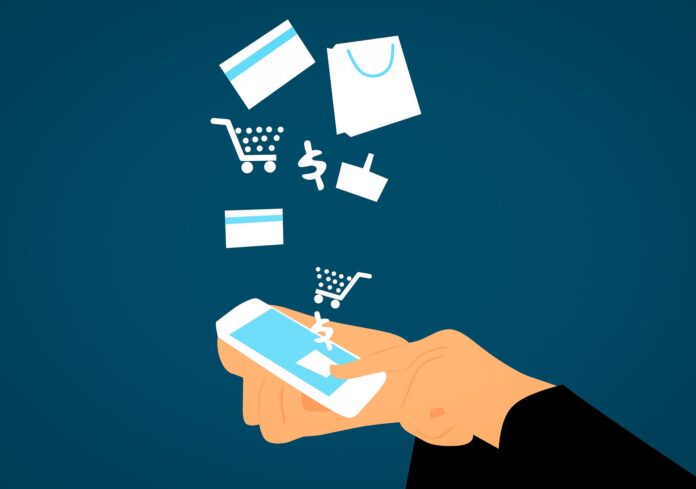E-Money is the virtual money stored in the banking computer systems. It doesn’t have a physical form like regular paper currency. Nowadays E-money is trending because of its flexible and safe features rather than physical cash. Let’s take a look at the common types of E-Money.
E-money Payment Networks
E-money is electronic money that can be transferred through debit cards, credit cards, computer systems and smartphones. It gives customers the possibility to make bank to bank transactions and buy goods and services online.
Hard Electronic Currency
Non-reversible transactions are dealt through hard electronic currency, such as those drawn through a bank. The best part about this type of e-money is its cost efficiency of operations and limited paperwork.
Soft Electronic currency
Reversible transactions are dealt through soft electronic currency. It includes products like UPIs and credit cards. The benefit of reversible transactions include that users can take back a transaction or cancel the transaction within a defined period of 72 hours.
E-money Delivery Systems
E-money can be conveniently stored on your phone, computer, a USB card(in code) or a smart money card. Credit and debit cards are a form of digital money. You can make use of any of the payment methods to transfer money easily.
Identified and Unidentified E-money
Identified E-money is a form of e-money that allows the user who withdraws the money to be tracked such as credit/debit card transactions. Banks can easily track your payments. Unidentified money is usage of physical cash which can be withdrawn from the bank and used anywhere.
Online and Offline E-transactions
For online e-transaction one does require a proper internet connection as it conducts transactions from bank to the third parties. But an offline e-transaction does not require internet connection as it does not involve a bank and the e-money is stored on a card, chip or other media and can be used by anyone.






